-
To proceed to checkout and complete your order, you must have a minimum order amount of $200 . Your current order total is $0.00.
Green Tree Snakes
Original price was: $945.00.$780.00Current price is: $780.00.
Conclusion
Green Tree Snakes are an excellent choice for reptile enthusiasts looking for an active and visually appealing arboreal snake. They require a well-structured environment that mimics their natural habitat and a proper diet to thrive in captivity. With the right setup and care, they can make a rewarding and engaging pet.
Green Tree Snakes for sale
Green Tree Snakes (Dendrelaphis punctulatus), also known as Common Tree Snakes or Australian Tree Snakes, are non-venomous colubrids known for their slender bodies and arboreal habits. Here is a comprehensive description of their physical characteristics, habitat, behavior, and care:
Physical Description
- Size: Green Tree Snakes typically reach lengths of 1.2 to 1.8 meters (4 to 6 feet), although some individuals may grow slightly larger.
- Coloration: These snakes are known for their vibrant green coloration, which can range from bright green to olive green. Some individuals may also exhibit blue, yellow, or blackish hues, especially around the head and tail. Their underside is usually a pale yellow or cream color.
- Body Shape: They have a slender, elongated body with smooth scales, aiding their agility and climbing ability. Their large eyes provide excellent vision.
Habitat and Distribution
- Habitat: Green Tree Snakes are highly adaptable and can be found in a variety of habitats, including rainforests, woodlands, mangroves, urban gardens, and even around human habitations. They are primarily arboreal but can also be found on the ground.
- Geographic Range: These snakes are native to Australia, specifically found in northern and eastern regions, including Queensland, New South Wales, the Northern Territory, and Western Australia. They are also present in New Guinea.
Behavior and Diet
- Behavior: Green Tree Snakes are diurnal and highly active, often seen moving swiftly through trees and shrubs. They are known for their curious nature and will often investigate their surroundings. When threatened, they can flatten their bodies to appear larger and may emit a strong-smelling musk as a defense mechanism.
- Diet: In the wild, their diet includes small vertebrates such as frogs, lizards, birds, and occasionally small mammals. In captivity, they can be fed appropriately sized rodents and occasionally other prey items like frogs or lizards to replicate their natural diet.
Reproduction
- Breeding: Green Tree Snakes are oviparous, laying clutches of 6 to 12 eggs. The eggs are typically deposited in hidden, humid locations such as leaf litter, rotting logs, or soil cavities. Incubation lasts about 60 to 70 days, depending on temperature and humidity.
- Development: Hatchlings are independent from birth and are capable of hunting small prey almost immediately.
Captive Care
- Enclosure: These snakes require a spacious, tall enclosure with plenty of vertical space for climbing. The enclosure should include branches, perches, and foliage to mimic their natural habitat.
- Temperature and Humidity: They thrive in a temperature range of 24-30°C (75-86°F) with a basking spot around 32°C (90°F). Humidity should be kept moderate, around 50-70%, with regular misting to ensure proper hydration.
- Feeding: In captivity, they are typically fed frozen-thawed rodents. Juveniles should be fed every 5-7 days, while adults can be fed every 10-14 days. Providing a varied diet that includes occasional frogs or lizards can be beneficial.
Handling and Temperament
- Handling: Green Tree Snakes are generally docile but can be skittish and quick-moving. They should be handled gently and with care to avoid stressing them. Frequent handling can help them become more accustomed to human interaction.
- Temperament: They are not aggressive and will usually try to escape if threatened. Their defensive behaviors, such as flattening their bodies or emitting musk, are harmless to humans.
Conservation
- Status: Green Tree Snakes are not currently listed as threatened or endangered. They are relatively common within their range and adapt well to different environments.
- Threats: Major threats include habitat destruction and road mortality. However, they are resilient and can often thrive in suburban and even urban areas.
Purchasing Considerations
- Source: It is important to purchase Green Tree Snakes from reputable breeders or specialized reptile stores to ensure you are getting a healthy, captive-bred animal. Wild-caught specimens may be more stressed and carry parasites or diseases.
- Health: Look for signs of good health, such as clear eyes, smooth scales, and an active demeanor. Avoid snakes with signs of respiratory issues, mites, or other health problems.
Conclusion
Green Tree Snakes are an excellent choice for reptile enthusiasts looking for an active and visually appealing arboreal snake. They require a well-structured environment that mimics their natural habitat and a proper diet to thrive in captivity. With the right setup and care, they can make a rewarding and engaging pet.
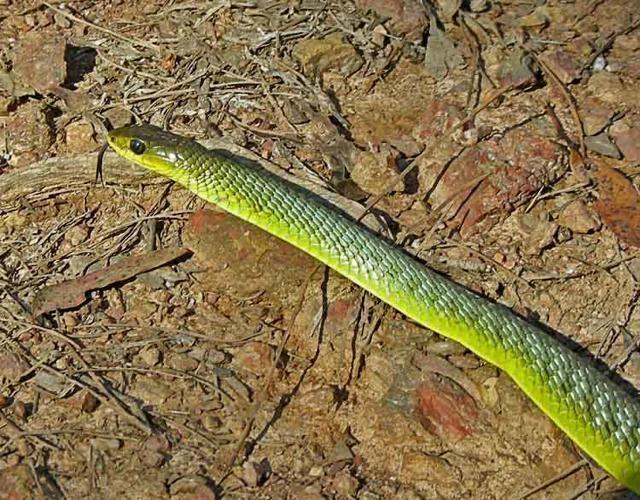

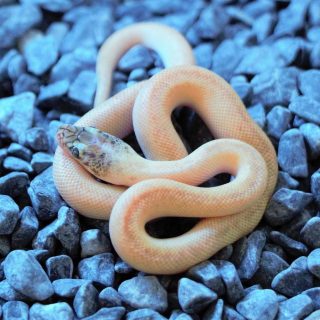
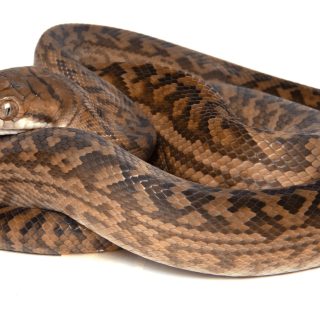
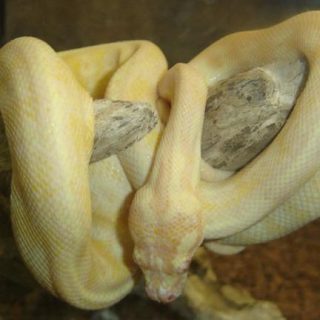
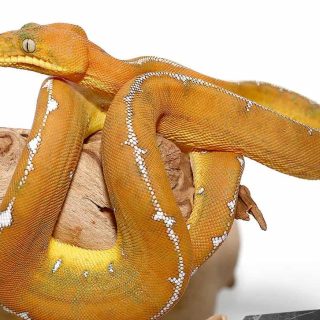
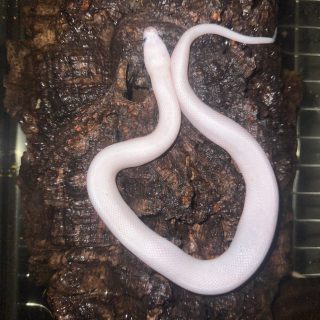
Reviews
There are no reviews yet